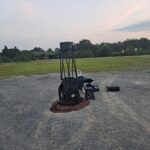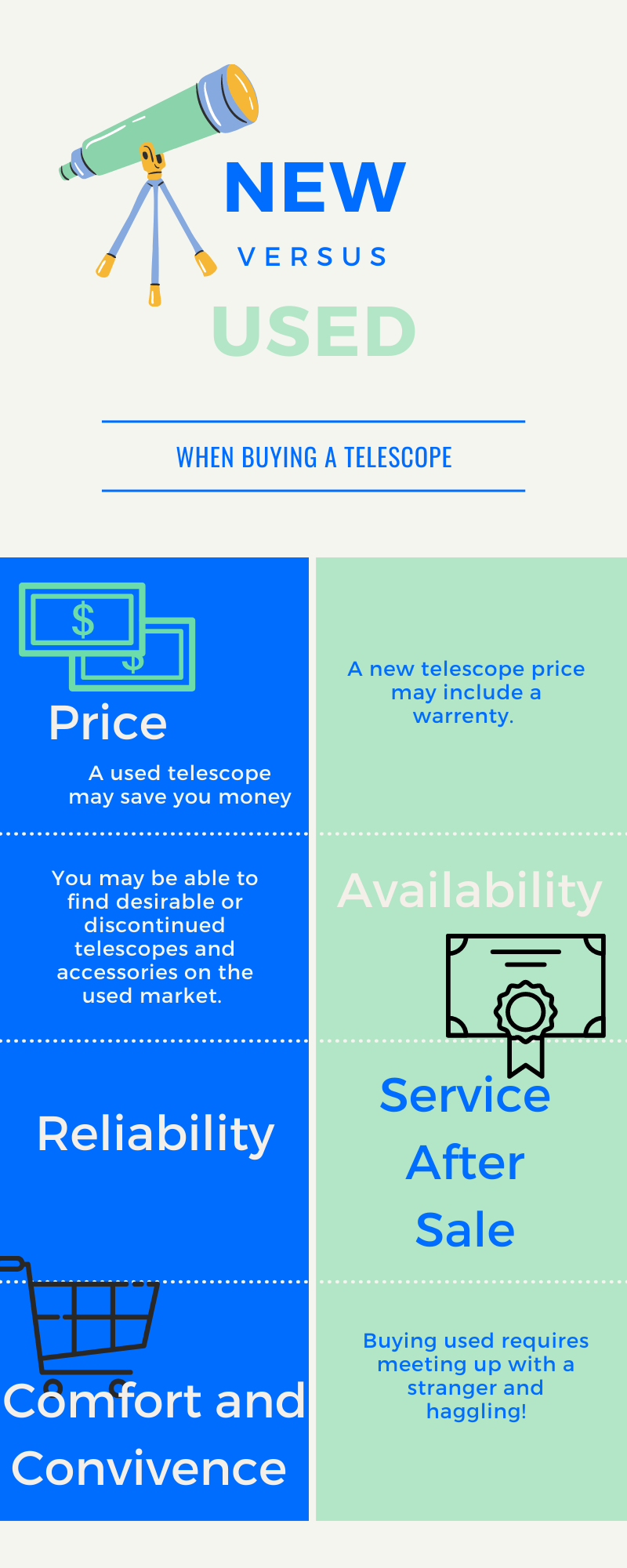The night sky changes throughout the year as the Earth orbits the sun, with each season offering new and exciting observing opportunities as different constellations come into view after dark. Autumn is an especially nice time to observe, with longer nights that aren’t too cold, and no bugs!
What follows is a list of my favourite showpiece objects to view in October and November. Though they are all fairly easy to find, it can still take some patience and practice if you are unfamiliar with the night sky. The best thing to do is get hold of an all-sky chart from the latest issue of your favourite astronomy magazine and learn to recognize the major constellations. This will make your search much easier. Apps like Sky Safari are useful as well.
Orient Yourself
The dominant autumn constellation is Pegasus, notable for its Great Square asterism. (An asterism, by the way, is a recognizable arrangement of stars.)
I use the Great Square (more of a rhombus, technically) to guide me to many interesting objects, so it’s worth getting familiar with this feature of the sky.
Another prominent autumn constellation is Cassiopeia, notable for its large W asterism.
These images are mine, I love photographing these amazing objects.
Here are five must-see objects to view this fall:
Andromeda Galaxy
Catalogue #: M31
Object type: Spiral Galaxy
Distance: 2.5 million light years
Recommended equipment: binoculars
What it is:
M31 is perhaps the grandest and most famous of all deep-sky objects. The largest member of our galactic neighbourhood (the Local Group), this island universe has an estimated mass of a trillion suns and is the closest major galaxy to Earth.
How to find it:
I typically locate M31 using the Great Square of Pegasus, which rises early on autumn nights and is easy to spot since it is so large and empty. The constellation Andromeda is marked by a chain of three bright stars trailing from the north-east corner of the Square. If you draw a line upward (northwest) from Mirach, the middle star of this chain, it will lead you right to M31.
What to expect:
M31 is enormous. With an apparent width of around 3 degrees of arc, it is roughly six times the size of the full moon. Therefore, a pair of binoculars is the best choice for viewing the great galaxy.
Because its brightness is spread across such a large area, M31 is relatively dim against the background sky. For this reason, it’s advisable to view it away from city lights.
In any case the most obvious feature of M31 is its bright, fuzzy core. Indeed, the core is all you’re likely to see from the city. On moonless nights from a rural location you might also spot the wispy outline of its spiral arms and dark dust lanes.
And that’s not all: M31 is orbited by a swarm of dwarf galaxies, two of which are readily visible. M32 appears as a compact, star-like object embedded into the southeast-facing side of the galaxy, almost touching the core. M110 is larger, fainter, and more oblong, easily spotted on the opposite side.
As an added bonus, M31 is visible to the naked eye, appearing as a smudged-out star under dark skies. See if you can spot it!
Double-Cluster
Catalogue #: NGC 869 and 884
Object type: Open cluster pair
Distance: 7000 light years
Recommended equipment: binoculars or any telescope
What it is:
An open cluster is a group of hot, young stars born from a giant molecular cloud of gas. The stars remain gravitationally bound to each other over millions of years before gradually being absorbed into the general population of the galaxy. The Double Cluster presents a striking example of this object type. Each cluster contains around 3000 stars.
How to find it:
Though the Double Cluster technically resides in Perseus, I always use Cassiopeia to find it. Look for the distinctive W asterism of Cassiopeia high in the autumn sky. The Double Cluster lies below the left side of the W; if you extend an imaginary line eastward from Gamma and Delta Cassiopeiae, just over halfway to Gamma Persei, it will take you right to the Double Cluster.
What to expect:
Binoculars will show two small yet distinct patches of stars, but a telescope is required for the best view. Even at low power, the twin clusters are a dazzling sight, glittering like a pair of cosmic jewels. High magnification will make the different structure of each cluster more apparent: NGC 869 has a dense, conical structure while NGC 884 is more widely spread. Larger apertures will show more background stars but even a 70mm refractor will reveal dozens of bright stars.
Almach
Catalogue #: Gamma Andromedae
Object type: Binary star
Distance: 350 light years
Recommended equipment: medium to large telescope
What it is:
Binary stars are often overlooked in favour of clusters and galaxies, yet they are such pretty objects which don’t require dark skies to view. A binary star appears as a single star to the naked eye, but magnifying with a telescope will “split” one star into two, or sometimes more!
How to find it:
Going back to the “chain of stars” in Andromeda which we used to find M31, simply point your telescope at the last star in that chain and it will split into two.
What to expect:
Around 20x magnification will split Almach, but higher magnification will make the separation between them more obvious. Almach is one of the finest binaries, with a bright orange primary star trailed closely by a smaller blue companion. The colour and brightness contrast makes it a truly memorable sight.
Pegasus Cluster
Catalogue #: M15
Object type: Globular cluster
Distance: 34 thousand light years
Recommended equipment: medium to large telescope
What it is:
Globular clusters are some of my favourite objects to observe. Gigantic, dense balls of extremely old stars, they orbit our galactic plane in a halo, taking hundreds of millions of years to complete a single revolution. M15 is one of the best, with a mass of a million suns packed into a diameter of 180 light years.
How to find it:
Once again, the Great Square of Pegasus will be our guide. Starting at the southwest corner with bright star Markab, you can follow a long, curving “arm” of three stars ending at Enif. Extend the arm by about two degrees and you will find the Pegasus Cluster.
What to expect:
Through binoculars or small telescopes, M15 is a small, fuzzy ball. A 4-inch refractor or a 5-inch reflector will start to resolve stars around the edges of the cluster. With an 8-inch reflector you will see a densely-packed core, with stars flying off in all directions like sparks. This would be a good time to use averted vision, where you look just off to the side of the object. Your peripheral vision will pick up more detail than staring directly at the cluster.
Pleiades
Catalogue #: M45
Object type: Open cluster
Distance: 400 light years
Recommended equipment: Naked eyes or binoculars
What it is:
Like the Double Cluster, the Pleiades is an open cluster of stars born from the same cloud of gas. There are several notable differences, though: M45 is about five times less massive that either member of the Double Cluster, and is also much closer to Earth.
How to find it:
The Pleiades is hard to miss, rising in the east just after sundown in the constellation Taurus. It appears as a large, bright, hazy patch to the naked eye.
What to expect:
M45 is the finest naked-eye object in the sky. It is often mistaken for the Little Dipper due to the distinctive pattern of stars, which is more plainly visible under rural skies. But M45 can be enjoyed from anywhere. Binoculars will reveal a gorgeous spread of bright stars which fills the entire field of view. Through a telescope it is less impressive, since a telescope can’t take in the entire cluster at once. A better option for telescope owners is to use your finderscope to view it.
For each of these objects, don’t be in a rush to view it and move on.
Observing faint, distant objects takes some practice and the more you look, the more you’ll see.
Once you’ve found all five objects on this list, look around and see what else you can find. Cassiopeia is rich with star clusters. It’s also not too late to view the summer constellations before they set in the west. Let yourself get lost in the heavens.




